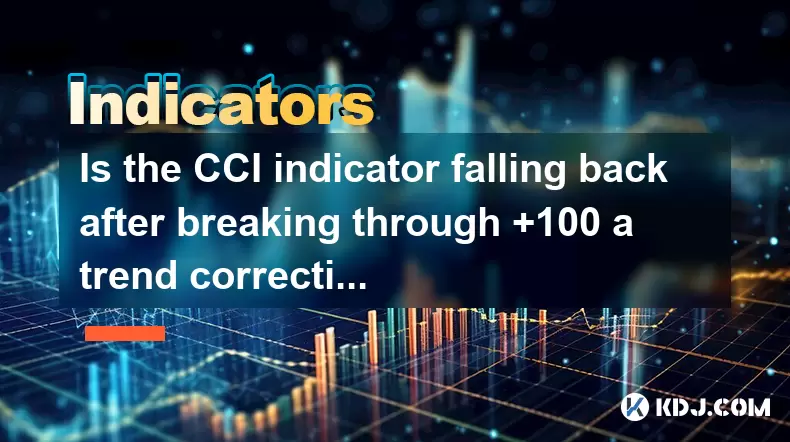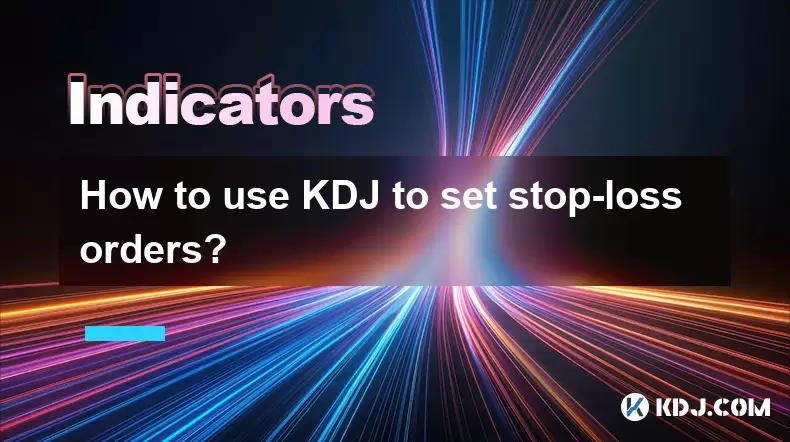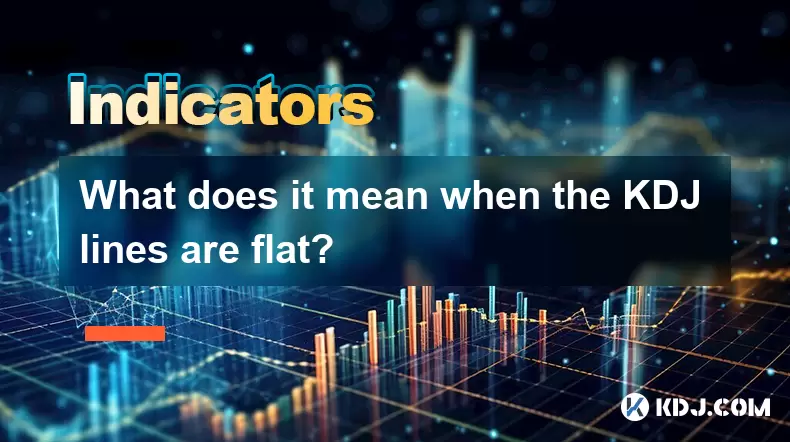-
 Bitcoin
Bitcoin $114700
-3.36% -
 Ethereum
Ethereum $3619
-6.51% -
 XRP
XRP $2.926
-7.66% -
 Tether USDt
Tether USDt $0.9998
-0.02% -
 BNB
BNB $768.6
-4.90% -
 Solana
Solana $168.2
-7.52% -
 USDC
USDC $0.9999
0.00% -
 Dogecoin
Dogecoin $0.2045
-9.02% -
 TRON
TRON $0.3243
-0.27% -
 Cardano
Cardano $0.7208
-8.45% -
 Hyperliquid
Hyperliquid $39.74
-9.17% -
 Stellar
Stellar $0.3882
-8.79% -
 Sui
Sui $3.481
-11.93% -
 Chainlink
Chainlink $16.52
-9.04% -
 Bitcoin Cash
Bitcoin Cash $556.7
-4.79% -
 Hedera
Hedera $0.2444
-11.40% -
 Avalanche
Avalanche $21.96
-8.51% -
 Ethena USDe
Ethena USDe $1.001
-0.02% -
 UNUS SED LEO
UNUS SED LEO $8.950
0.15% -
 Toncoin
Toncoin $3.425
-2.33% -
 Litecoin
Litecoin $104.4
-5.94% -
 Shiba Inu
Shiba Inu $0.00001212
-7.49% -
 Polkadot
Polkadot $3.630
-6.98% -
 Uniswap
Uniswap $9.165
-10.12% -
 Monero
Monero $306.8
-3.10% -
 Dai
Dai $0.9999
-0.01% -
 Bitget Token
Bitget Token $4.360
-3.43% -
 Pepe
Pepe $0.00001049
-9.59% -
 Cronos
Cronos $0.1352
-8.67% -
 Aave
Aave $256.5
-8.03%
Is the CCI indicator falling back after breaking through +100 a trend correction or a peak signal?
The CCI breaking above +100 signals strong bullish momentum in crypto, but a pullback may indicate either a trend correction or reversal—confirm with volume, price action, and support/resistance.
Jul 31, 2025 at 06:43 pm

Understanding the CCI Indicator and Its Role in Crypto Trading
The Commodity Channel Index (CCI) is a momentum-based oscillator widely used in cryptocurrency trading to identify overbought and oversold conditions, as well as potential trend reversals. Originally developed for commodities, the CCI has proven effective in analyzing digital asset price movements due to its sensitivity to price deviations from statistical means. The indicator fluctuates around a zero line, with typical thresholds set at +100 and -100. When the CCI moves above +100, it suggests strong bullish momentum, often interpreted as the market entering an overbought zone. Conversely, readings below -100 indicate bearish strength and possible oversold conditions.
In the context of cryptocurrency markets, which are highly volatile and prone to rapid price swings, the CCI can help traders assess whether a recent breakout is sustainable or merely a temporary spike. A key scenario arises when the CCI breaks above +100 and then begins to fall back toward the threshold. This movement prompts traders to question whether the pullback represents a normal trend correction within an ongoing uptrend or a warning of an imminent peak and reversal.
Decoding the Breakout Above +100
When the CCI crosses above +100, it signals that the asset’s price is significantly above its statistical average, reflecting strong buying pressure. In crypto markets, such breakouts often occur during pump phases driven by speculative interest, positive news, or broader market momentum. However, not every breakout leads to a sustained uptrend. To assess the strength of the move, traders should examine:
- The volume profile during the breakout: High trading volume supports the legitimacy of the upward momentum.
- The price structure on higher timeframes: A breakout accompanied by higher highs and higher lows reinforces bullish continuity.
- The duration the CCI remains above +100: Prolonged stays suggest sustained momentum, while quick exits may indicate weakness.
If the CCI rises sharply above +100 but fails to maintain that level, it may reflect exhaustion among buyers. This could be an early sign that upward momentum is waning, even if the price continues to climb slightly.
Analyzing the CCI Pullback: Correction or Reversal?
When the CCI begins to decline after surpassing +100, the critical question is whether this constitutes a healthy correction or a bearish reversal signal. Several factors help differentiate between the two:
- If the CCI retreats toward +100 but holds above it, this often indicates a trend correction—a temporary pause in buying activity within an ongoing uptrend. Price may consolidate or dip slightly, but the underlying momentum remains intact.
- If the CCI crosses back below +100 and continues falling toward zero or lower, this may signal momentum erosion. Such a move suggests that bullish pressure is diminishing and could precede a price reversal.
- Divergence between price and CCI is another critical clue. For example, if the price reaches a new high but the CCI records a lower peak, this bearish divergence strengthens the case for a potential top.
Traders should avoid making decisions based solely on the CCI. It is essential to corroborate signals with other technical tools such as moving averages, RSI, or support/resistance levels.
Step-by-Step Guide to Evaluating the CCI Signal in Crypto Charts
To determine whether a CCI pullback after a +100 breakout is a correction or reversal, follow these steps:
- Open your preferred crypto trading platform (e.g., TradingView, Binance, or CoinGecko Pro) and load the price chart of the asset under analysis.
- Apply the CCI indicator with the default period of 14, unless you are testing alternative settings for specific assets.
- Identify the moment when the CCI line crossed above +100 and note the corresponding price action.
- Observe the behavior of the CCI after the breakout:
- Did it remain above +100 for several periods?
- Is it now declining but still above +100?
- Has it crossed back below +100?
- Check for price-CCI divergence by comparing the latest price high with the CCI peak.
- Examine volume trends during the breakout and pullback phases.
- Overlay key horizontal support/resistance levels or trendlines to assess whether price is reacting to known zones.
- Consider using a moving average (e.g., 50-period EMA) to determine if the price is still trading above a bullish baseline.
This systematic approach helps reduce false signals and increases the reliability of the CCI interpretation.
Common Misinterpretations and How to Avoid Them
Many traders misread CCI movements due to oversimplification. One common mistake is assuming that any drop from above +100 automatically signals a reversal. In reality, the CCI can oscillate around +100 multiple times during a strong uptrend, reflecting normal volatility rather than weakness. Another error is ignoring the timeframe context. A CCI pullback on a 15-minute chart may represent a minor retracement, while the same pattern on a daily chart could indicate a major shift.
Additionally, traders often neglect market context. During bull runs in Bitcoin or Ethereum, assets may remain overbought (CCI > +100) for extended periods. In such environments, a pullback to +100 might simply reflect profit-taking rather than trend exhaustion. Conversely, in choppy or bearish markets, even brief excursions above +100 can lead to sharp reversals.
To avoid false signals, combine the CCI with price action analysis and volume confirmation. For example, a CCI drop accompanied by a long upper wick and high volume on a candlestick may validate a rejection at resistance.
Integrating CCI with Support and Resistance for Confirmation
Support and resistance levels enhance the predictive power of the CCI. When the CCI breaks above +100 near a known resistance zone, the likelihood of a reversal increases, especially if price fails to close above that level. Conversely, a breakout above +100 that coincides with a clean break of a strong resistance level adds credibility to the bullish move.
To apply this:
- Mark recent swing highs and lows on the chart.
- Draw horizontal lines at key psychological or technical levels (e.g., $30,000 for Bitcoin).
- Watch how price reacts when the CCI pulls back:
- If price holds above support and the CCI stabilizes above zero, the uptrend may resume.
- If price breaks below support and the CCI drops below +100 rapidly, the reversal case strengthens.
Using trendlines can also help. A rising trendline connecting higher lows, combined with a CCI staying above +100, supports a bullish bias. A break of both the trendline and the CCI threshold increases the probability of a trend change.
Frequently Asked Questions
What does it mean if the CCI breaks +100 but the price doesn’t make a new high?
This scenario suggests weak momentum. Even though the CCI indicates strong relative movement, the lack of a new price high may reflect distribution or lack of conviction. It often precedes a pullback or sideways consolidation.
Can the CCI stay above +100 for a long time in a strong crypto bull market?
Yes. In extended bullish phases, especially for major cryptocurrencies, the CCI can remain above +100 for days or weeks. This reflects sustained demand and does not necessarily indicate an imminent top.
Should I exit a long position as soon as the CCI falls back below +100?
Not automatically. A drop below +100 alone is not a sell signal. Consider the broader trend, volume, and price structure. Exiting may be warranted if accompanied by bearish candlestick patterns or breakdowns in key support.
How does the CCI period setting affect its sensitivity in crypto trading?
A shorter period (e.g., 10) makes the CCI more responsive, generating more signals but increasing false positives. A longer period (e.g., 20) smooths the data, reducing noise but potentially lagging in fast-moving crypto markets. Traders often test different settings based on asset volatility.
Disclaimer:info@kdj.com
The information provided is not trading advice. kdj.com does not assume any responsibility for any investments made based on the information provided in this article. Cryptocurrencies are highly volatile and it is highly recommended that you invest with caution after thorough research!
If you believe that the content used on this website infringes your copyright, please contact us immediately (info@kdj.com) and we will delete it promptly.
- Australia vs Lions: Unleashing Betting Offers and Free Bets for the Thrilling Finale
- 2025-08-01 16:30:11
- Bitcoin, Satoshi, and the Echoes of Ancient Wisdom in DeFi
- 2025-08-01 16:50:12
- ONDO Tokens: Could They Mint the Next Crypto Millionaires?
- 2025-08-01 16:30:11
- Satoshi, Meme Coins, and Substance: A New Era?
- 2025-08-01 16:50:12
- Decoding the Roar: Australia, the Lions, and the Betting Odds
- 2025-08-01 16:55:48
- Bitcoin Price Plummets Amid Trump Tariffs: A Market Sell-Off Deep Dive
- 2025-08-01 16:55:48
Related knowledge

How do I secure my private key?
Aug 01,2025 at 05:14pm
Understanding the Importance of Private Key SecurityYour private key is the most critical component of your cryptocurrency ownership. It is a cryptogr...

How does the KDJ indicator apply to decentralized finance (DeFi) tokens?
Aug 01,2025 at 04:43pm
Understanding the KDJ Indicator in Technical AnalysisThe KDJ indicator is a momentum oscillator derived from the Stochastic Oscillator, widely used in...

What is the difference in KDJ signal interpretation between a trending and a ranging market?
Aug 01,2025 at 03:56pm
Understanding the KDJ Indicator in Cryptocurrency TradingThe KDJ indicator is a momentum oscillator widely used in cryptocurrency trading to identify ...

Does the KDJ indicator work well for low-liquidity crypto assets?
Aug 01,2025 at 02:01pm
Understanding the KDJ Indicator in Cryptocurrency TradingThe KDJ indicator is a momentum oscillator derived from the Stochastic Oscillator, widely use...

How to use KDJ to set stop-loss orders?
Aug 01,2025 at 04:28pm
Understanding the KDJ Indicator in Cryptocurrency TradingThe KDJ indicator is a momentum oscillator widely used in technical analysis within the crypt...

What does it mean when the KDJ lines are flat?
Aug 01,2025 at 03:22pm
Understanding the KDJ Indicator in Cryptocurrency TradingThe KDJ indicator is a momentum oscillator widely used in cryptocurrency technical analysis t...

How do I secure my private key?
Aug 01,2025 at 05:14pm
Understanding the Importance of Private Key SecurityYour private key is the most critical component of your cryptocurrency ownership. It is a cryptogr...

How does the KDJ indicator apply to decentralized finance (DeFi) tokens?
Aug 01,2025 at 04:43pm
Understanding the KDJ Indicator in Technical AnalysisThe KDJ indicator is a momentum oscillator derived from the Stochastic Oscillator, widely used in...

What is the difference in KDJ signal interpretation between a trending and a ranging market?
Aug 01,2025 at 03:56pm
Understanding the KDJ Indicator in Cryptocurrency TradingThe KDJ indicator is a momentum oscillator widely used in cryptocurrency trading to identify ...

Does the KDJ indicator work well for low-liquidity crypto assets?
Aug 01,2025 at 02:01pm
Understanding the KDJ Indicator in Cryptocurrency TradingThe KDJ indicator is a momentum oscillator derived from the Stochastic Oscillator, widely use...

How to use KDJ to set stop-loss orders?
Aug 01,2025 at 04:28pm
Understanding the KDJ Indicator in Cryptocurrency TradingThe KDJ indicator is a momentum oscillator widely used in technical analysis within the crypt...

What does it mean when the KDJ lines are flat?
Aug 01,2025 at 03:22pm
Understanding the KDJ Indicator in Cryptocurrency TradingThe KDJ indicator is a momentum oscillator widely used in cryptocurrency technical analysis t...
See all articles

























































































